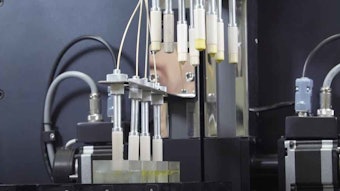We have described technology transfer as the bridge between invention and innovation. Innovation is the process of taking ideas, inventions or concepts to a successful commercial conclusion. The importance of innovation in the U.S. economy was the subject of a recent Thomas Friedman article in the New York Times.1 In Bangalore, India, Friedman asked a Ph.D. economist from a U.S. university how she felt about the outsourcing of U.S. jobs to India. She replied with a story about a man in America who lost his job this way but made a good business of selling T-shirts that complained about losing a job to India, and not getting anything but “this [lousy] T-shirt.” Her comment was “only in America would someone figure out how to profit from his own unemployment.”
Friedman went on to describe the stifling atmosphere for innovation in India and elsewhere in the world. He quotes an Indian CEO: “The whole process where people get an idea and put together a team, raise the capital, create a product and mainstream it – that can only be done in the United States” Friedman concludes that U.S. institutions, “which nurture innovation, are our real crown jewels that must be protected; not the 1 percent of jobs that might be outsourced. Our competitors know the secret of our sauce. But do we?"
If we are doing a great job in innovation, creativity must also be alive and well in this country. Creativity is at the beginning of the innovation process and involves the ability to generate or visualize new and useful ideas and approaches to solve problems. Is creativity limited to a few genius-types that produce ideas and intellectual property that propels business today? The answer that most experts in the field will give you today is that it is not. Creativity can be learned and there are tools that are designed to help in this process. Much has been written in this field from a theoretical aspect, but how does it work in a real industrial setting?










